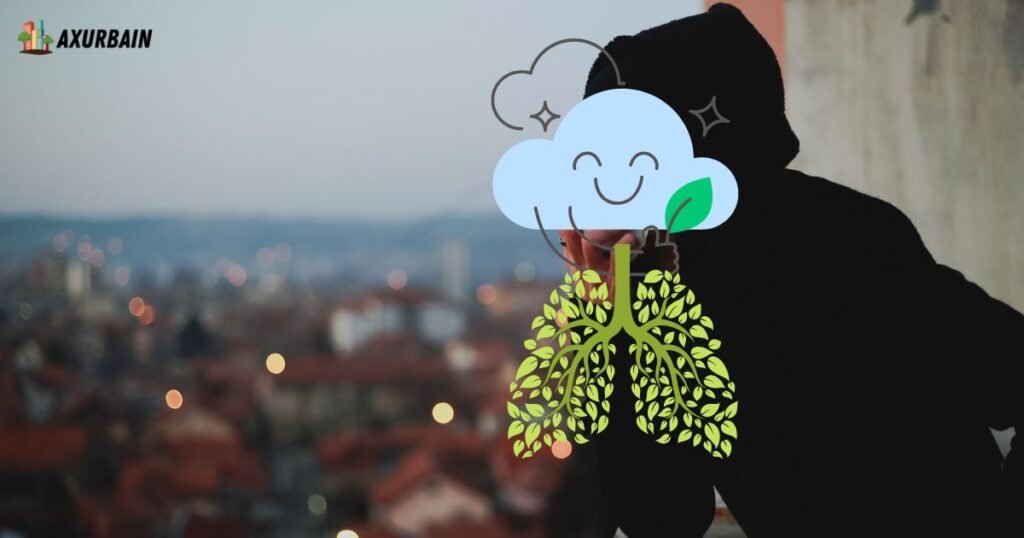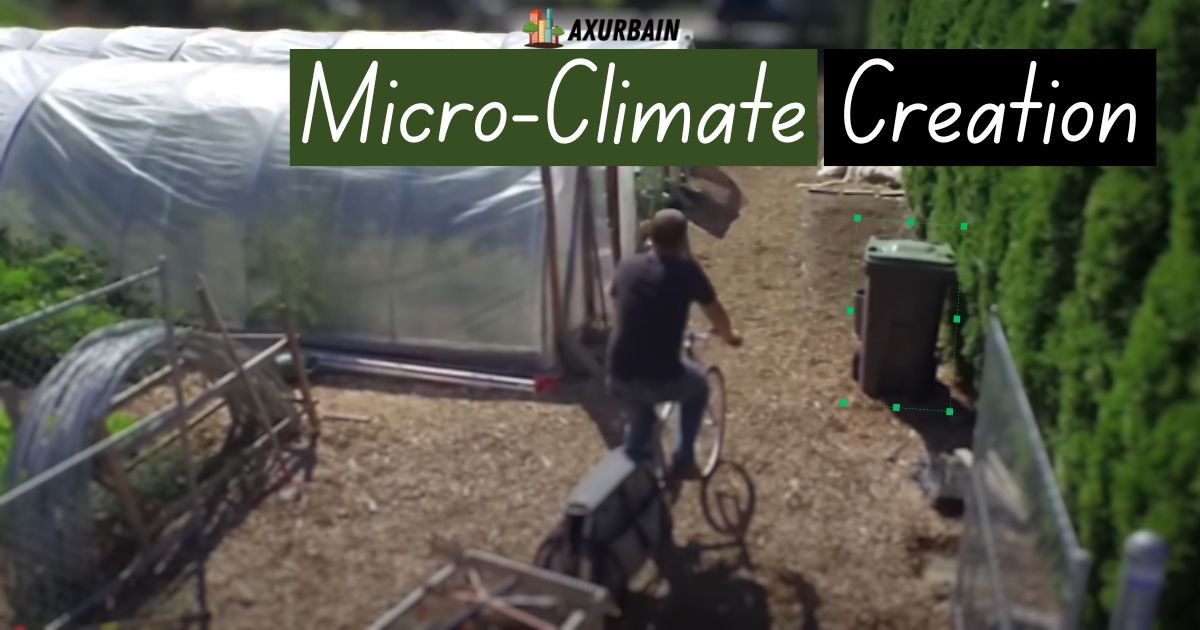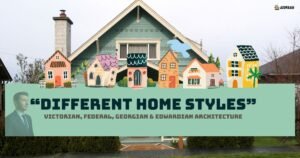Have you ever noticed how standing under a tree feels much cooler than walking on a nearby concrete road? Or how a small park feels fresher compared to the busy street just outside?
That’s the power of a micro-climate in a small area that has slightly different weather or temperature than its surroundings.
In cities, where tall buildings, traffic, and concrete trap heat, microclimates can make a huge difference. They provide cooler spots, cleaner air, and more comfort for people living in crowded urban areas. In short, they bring nature’s balance back into city life.
In this special blog, we will learn all things about “The Importance of Micro-Climate Creation for Urban Living”.
Stay with me till the end, I will guide you from scratch. If you don’t know me, I am Damiano, an urbanist, researcher, and educator. You will get all possible information from my side. So, let’s begin.
Table of Contents
ToggleWhat is a Micro-Climate?
A common question among citizens is: What is the microclimate in urban planning?
A microclimate is a small area where the temperature, humidity, or airflow feels different from that of the surrounding space. It’s like having a tiny pocket of weather inside a city.
You’ve probably felt it before:
- Walking through a shaded park feels much cooler than standing on a sun-baked street.
- A rooftop garden feels fresh and breezy compared to the hot parking lot below.
- Even the shade from a single tree can make a sidewalk far more comfortable.
These small differences may not seem huge, but they change how people experience city life. A little shade, greenery, or water can turn a harsh space into a pleasant and welcoming one.
“Remember cities are the human zoo, how you maintain them it totally depends upon citizens.”
I hope you are familiar with the basics of microclimate. Come with me, and we will cover each benefit in detail.
Explore More: What Development Helped Facilitate Urbanization?
Causes of urban microclimates
| Cause | Description / Effect | Urban Example |
| Urban Heat Islands | Concrete, asphalt, and buildings trap heat | Hot streets, crowded downtown areas |
| Vegetation & Green Cover | Trees and plants cool via shade & transpiration | Parks, rooftop gardens, tree-lined streets |
| Water Bodies | Evaporation from ponds, fountains, and lakes cool the air | City lakes, fountains in public squares |
| Building Design | Reflective surfaces or shading affect local temperatures | Glass towers vs shaded streets |
| Soil Type & Surface | Light or dry soils heat quickly; wet soils retain moisture | Bare plots, sandy urban soil |
| Topography | Slopes, hills, and elevation affect airflow and humidity | Hillsides, valley streets |
| Traffic & Human Activity | Vehicles and energy use produce localized heat and pollution | Busy roads, industrial zones |
Key Benefits of Micro-Climate Creation
Let’s look at some of the most important benefits micro-climates bring to urban living.
Cooler Temperatures
One of the most significant benefits of creating micro-climates in cities is the drop in temperature. Cities often suffer from the urban heat island effect, where concrete, glass, and asphalt trap heat during the day and release it slowly at night. That’s why walking on a busy street can feel much hotter than a shaded area.
Now, imagine the difference when trees, green walls, or even small water features are added.
- Trees and plants provide shade, block direct sunlight, and cool the air through a process called transpiration—they release water vapor that naturally reduces heat.
- Green walls and rooftop gardens act like blankets for buildings. They prevent surfaces from overheating, which means the inside of buildings also stays cooler.
- Water elements, such as fountains and ponds, lower the surrounding temperature through evaporation, making nearby spots feel fresher.
This cooling effect doesn’t just make walking outside more comfortable—it also reduces the need for constant indoor air conditioning, which saves energy and lowers electricity bills. In short, microclimates provide relief from extreme heat, making city life healthier and more enjoyable.
Better Air Quality

Another significant advantage of micro-climates is the improvement of air quality. Cities are often full of dust, car emissions, and tiny particles that can harm our lungs. However, when plants are introduced into the urban environment, they act as natural air filters.
- Trees and shrubs trap dust and absorb harmful gases, including carbon dioxide, nitrogen oxides, and ozone.
- Green walls and rooftop gardens not only cool the air but also reduce the spread of pollutants by capturing them on leaves.
- While transpiration, plants release water vapor that keeps the air fresh and less dry, which makes breathing easier.
Cleaner air doesn’t just feel better, it directly improves health. It lowers the risk of asthma, allergies, and other respiratory problems. For crowded urban areas, where pollution is a daily challenge, creating micro-climates is one of the most natural and practical solutions.
Energy Savings
Micro-climates don’t just make outdoor spaces cooler they also help buildings use less energy. In many cities, glass and concrete buildings soak up the sun’s heat all day. By evening, they release this heat back into the air, keeping the surroundings warm and forcing people to rely heavily on air conditioners.
Now imagine adding green walls, rooftop gardens, or rows of trees around these buildings. These features act like natural shields:
- Trees block direct sunlight and create shade.
- Green roofs and walls insulate buildings, allowing less heat to enter inside.
- Water features nearby cool the surrounding air, reducing the need for artificial cooling.
The result? Buildings stay naturally cooler, people spend less money on electricity, and the city uses less energy overall. It’s a win-win for comfort, savings, and the environment.
Improved Mental Health
Modern city life can be stressful—traffic, noise, and crowded spaces all take a toll on people’s minds. Micro-climates help counter that by bringing small doses of nature back into daily routines. Even a short break in a green, shaded space can calm the mind and lower stress levels.
Green spaces and water features create what experts refer to as “restorative environments.” They:
- Reduce stress by lowering your anxiety levels.
- Boost focus—students and workers perform better when they have access to greenery.
- Encourage social interaction—parks, gardens, and shaded spots become gathering places where people connect.
This connection with nature makes urban living healthier, both mentally and emotionally.
In fact, numerous studies have demonstrated that individuals residing near green areas tend to report higher levels of happiness and life satisfaction.
Source: Sciencedirect
Biodiversity in Cities
Micro-climates also invite life back into the concrete jungle. Birds, bees, butterflies, and even small animals are drawn to places where trees, plants, and water are available. This biodiversity is more than just beautiful it’s essential.
- Bees and butterflies play a crucial role in pollination, which supports urban gardens and nearby agriculture.
- Birds control pests and add soundscapes that make cities feel more alive.
- Plants and wildlife together create healthier ecosystems that can balance urban environments.
Without microclimates, cities risk becoming lifeless and disconnected from the natural world. With them, even small urban spaces can turn into thriving habitats where humans and wildlife coexist.
Real-Life Example: Hawaii’s Big Island

On Hawaii’s Big Island, you can experience completely different climates in just a few hours. Please start at the mountain peaks, where it’s cold and crisp, then drive down to dry, rocky deserts. Head east, and you’ll find yourself in a rain-soaked, waterfall-filled city, while going west brings you to a cool, pine-covered town. A short drive further leads to sunny beaches and black lava fields, and a little beyond, a lush jungle appears.
This mix of cold mountains, deserts, rainy cities, pine forests, beaches, and jungles demonstrates how microclimates can create diverse environments side by side, making urban planning and green spaces even more crucial in cities.
Axurbain mission is to explore urban living in the simplest way. Let’s now look at the future of micro-climates.
Future of Urban Living with Micro-Climates
- Cooler Streets & Neighborhoods – Trees, green roofs, and shaded pathways reduce heat, making summer days more comfortable.
- Cleaner Air & Healthier Living – Plants filter pollutants, improving air quality and reducing respiratory problems.
- Smart Green Technology – Sensors can efficiently water gardens, monitor air quality, and help manage microclimates in real-time.
- Biodiversity in Cities – Micro-climates attract birds, bees, and small animals, creating mini-ecosystems in urban areas.
- Energy Savings – Buildings surrounded by greenery stay cooler naturally, lowering the need for air conditioning.
- Community Comfort & Well-being – Public parks, shaded streets, and rooftop gardens provide spaces for relaxation, exercise, and social life.
- Adaptive Urban Design – Planners can design streets and neighborhoods that respond to local climate conditions, balancing sun, wind, and rain for maximum comfort.
Conclusion
It’s time to wrap up the whole topic.
Microclimates matter because they enhance comfort, support biodiversity, and contribute to healthier cities.
From cooler streets to more green spaces, every small action counts. Even something as simple as planting a tree or adding shade can transform a neighborhood.
By caring for our environment and designing thoughtfully, we can create urban spaces that feel better, look better, and live better for everyone.




